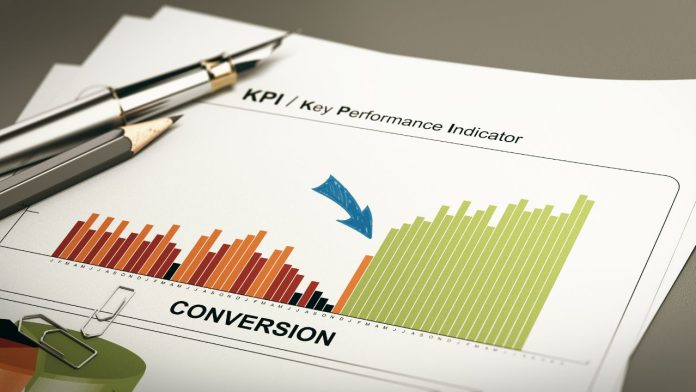Modern websites and landing pages are no longer just digital brochures — they’re active touchpoints where visitors expect clarity, engagement, and a sense of personalization. As online attention spans shrink, businesses are discovering that small interactive elements can make a surprisingly big difference in converting casual visitors into leads or customers.
One of the most impactful changes in recent years is the shift from static forms to interactive, conversation-style tools. These don’t just collect information; they guide users through a simple, intuitive decision-making process. But before diving into examples, it’s worth understanding why interactivity works so well.
The Psychology Behind Interaction: Why Users Respond Better
Human behavior online follows predictable patterns:
1. Micro-Engagement Keeps Visitors Active
Every click, scroll, or selection is a small commitment.
Interactive elements — such as sliders, choices, or step-based questions — encourage micro-engagement, which keeps users mentally present. The more engaged someone feels, the more likely they are to convert.
2. Reducing Cognitive Load
When a user sees a long, traditional form full of blank fields, the brain reacts with resistance.
Interactive forms break information into smaller steps, making each question feel effortless. This simple shift can significantly lower bounce rates.
3. Personalization Without Feeling Overwhelming
Users enjoy experiences that feel tailored. Interactive tools naturally adapt based on the choices a user makes, subtly creating a path that feels relevant and helpful.
How Interactive Elements Improve Website or Landing Page Conversion
If your landing page isn’t converting, it’s often not because your offer is weak — it’s because your visitors don’t feel guided, understood, or motivated. Interactive elements change that.
Here’s how they boost conversions:
✔ They replace passive browsing with active participation.
A visitor who participates is more likely to follow through.
✔ They help clarify needs.
A simple question sequence can help users figure out what they want — and whether your product or service fits.
✔ They create a smoother path to the final action.
Instead of hunting for answers across the page, the form or tool does the heavy lifting.
✔ They build trust.
When visitors feel like the website “gets” them, they’re more comfortable sharing details or moving forward.
A Simple Step to Boost Conversions: Add an Interactive Lead Form
One of the easiest ways to add interactivity without redesigning a full website is to place an interactive lead form. These forms are dynamic, user-friendly, and don’t require heavy development.
Today, businesses use different services to generate such forms within minutes. For example, tools like interactive lead form generators can create branded, multi-step question flows that integrate seamlessly with your existing website or landing pages.
The best part? You’re not forcing users to read walls of text — you’re engaging them in a light, guided conversation.
The Future of Conversion Optimization Is User-Driven
As digital trends evolve, one thing becomes clear: people want interaction, not friction. Whether you run a small business website, an e-commerce store, or a dedicated landing page, adding simple interactive elements can transform how visitors engage with you.
You don’t need complex animations or expensive redesigns. Start small:
- add a scroll-triggered question box
- embed a mini-quiz
- place an interactive lead form built with services like InteractiveForm
- use simple choices instead of blank fields
These touchpoints help users make decisions faster — and that directly impacts your conversion rate.








